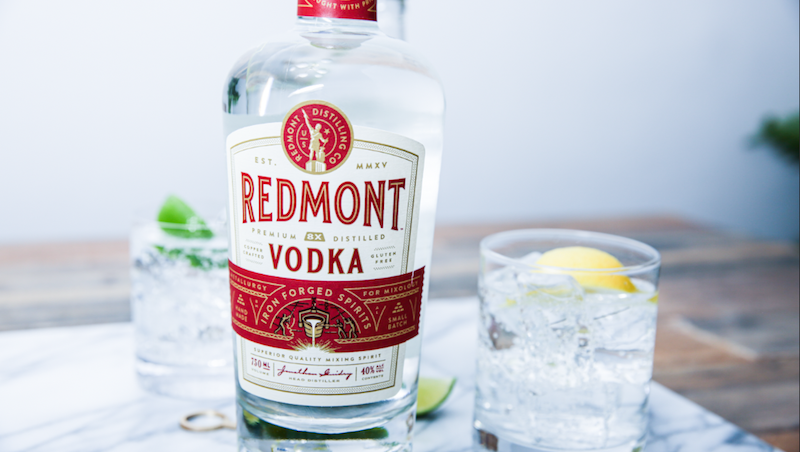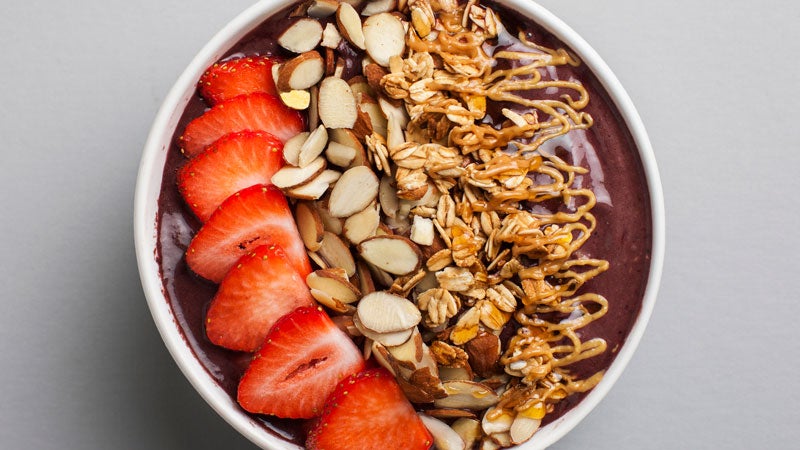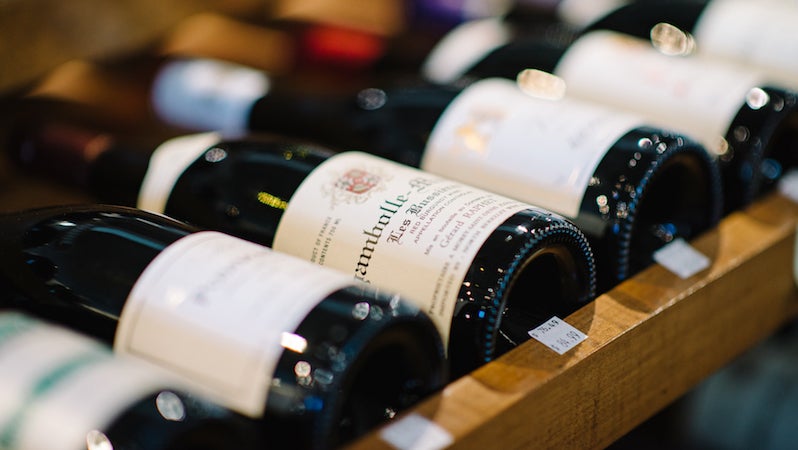To the untrained eye, an enormous hand-fabricated still that sits in Avondale is just industrial equipment with copper accents. To a distiller, though, it’s where the magic happens.
One room over from the still sits a miniature version and one slightly larger—relics of the earlier days of the Redmont Distilling brand that started as a hobby back in 2014. The idea came one day when Jacob Hendon and Stephen Watts were sitting around with friends drinking gin and tonics and vodka and tonics and talking about starting a brewery, as they’d been doing since college. That’s when it dawned on them that maybe they could make liquor instead—after all, it’s what they were drinking, and no one was doing it in Alabama at the time.
So that’s just what they did. The two of them took some classes in Colorado and travelled to distillers around the country to learn how the still works.
By 2015 they had a license, and in January 2016 the first bottles of Redmont vodka were in ABC stores around Alabama with Jonathan Guidry now a part of their team as well. But before bottles came the name. More than anything the Redmont team wanted a moniker that marked their spirits’ roots in Birmingham.
“What better name is there than Red Mountain, which is why Birmingham is here because of its iron ore?” Jacob says. “It almost was named Red Mountain Distilling Company, but we thought it was a lot of words to put on a sign or logo or label. Redmont was short and sweet and creates a story people can read about on the back of the label.” Their branding was red and black from day one, but its newest label has more golds and plays up who else but Vulcan himself.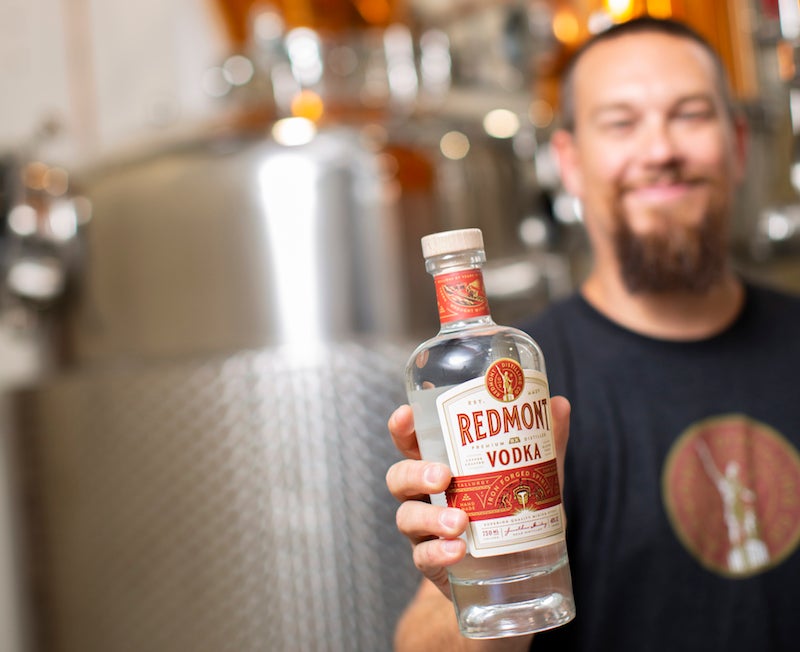
From there the brand started to grow as they encouraged their friends to ask for it at restaurants and bars around town—not just a vodka and tonic, but a Redmont and tonic—and buy it at ABC stores. Before long, Birmingham’s locally owned bars and restaurants, including Soho Social and what was Jackson’s in Homewood, were touting their local spirit alongside Alabama farm-fresh produce.
Over time a hobby had become a viable business, but just as it was picking up momentum, the building that housed their still was being sold and finding a new home for it wasn’t a quick process. For a while they weren’t sure what would become of Redmont after they had to stop production in October 2018. But in that in between time, their distributor connected them with investors who would join the Redmont team in 2019. Today Eleanor Estes is the Redmont CEO and her husband, Claude, its CFO, while Justin Watson heads up technology and Montal Morton marketing. Perhaps most notably NBA great and Leeds, Alabama native Charles Barkley is now the brand’s “head coach” and majority owner. You can even buy bottles Barkley signed at local ABC stores. Last year they also started leasing a warehouse space behind Cahaba Brewery in Avondale where they installed the still they’d long envisioned running.
Jonathan now works full-time as the Redmont distiller and Jacob is still a part of the team too. “If this is Phase 2, I can’t wait to see Phase 3,” Jacob says as he and Jonathan talk about eventual plans for a tasting area with a window in to see the still. As of this spring, they had licensing in states outside Alabama and were to introduce Redmont there soon. The key to continuing to expand is that set of steel and copper we opened this article with. Let’s go back to that, with a tour and science lesson from Jonathan and Jacob.
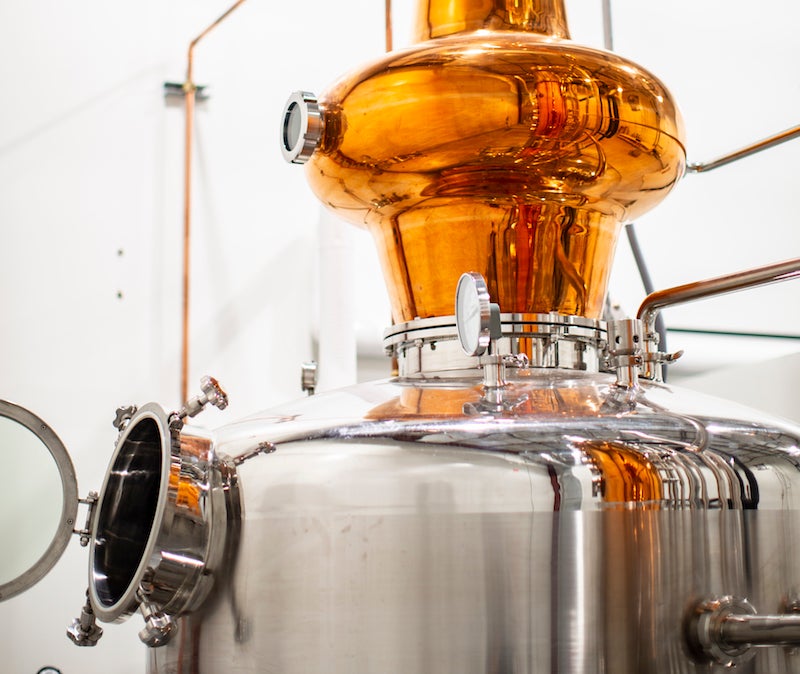 The centerpiece of the operation is a 400-gallon pot still with a copper “onion head” on top. The process starts with what’s called a distiller’s beer with around 15 percent alcohol. Redmont uses one made from 100 percent corn, which means it, and the end product, are gluten-free too. Once the distiller’s beer is placed in the pot still, steam heats it up and vaporizes the alcohol from the “beer,” up into the onion head and then over to a six-plate refraction column. In each layer of the equipment, the purest alcohol rises to the top and ultimately makes it to the end product.
The centerpiece of the operation is a 400-gallon pot still with a copper “onion head” on top. The process starts with what’s called a distiller’s beer with around 15 percent alcohol. Redmont uses one made from 100 percent corn, which means it, and the end product, are gluten-free too. Once the distiller’s beer is placed in the pot still, steam heats it up and vaporizes the alcohol from the “beer,” up into the onion head and then over to a six-plate refraction column. In each layer of the equipment, the purest alcohol rises to the top and ultimately makes it to the end product.
Throughout the process, the distiller monitors the temperature gauge to make sure it stays between 172 degrees, the point at which alcohol evaporates, and 213 degrees, or the point at which water evaporates.
From there they add cold filtered water into the vapor to turn it back into a liquid, just enough to keep it at 80-proof and 40 percent ABV. Some companies end the process here, but Redmont takes it through another filtration system that cleans it up even more. “That’s an extra step,” Jacob explains. “We could not do it and call it vodka all day long, but it doesn’t taste good. It’s the difference in tasting Aristocrat versus Grey Goose.” And lastly, the vodka is weighed and proofed before it’s bottled up and ready to leave the warehouse.
The gin distilling process is the same as vodka except for one step. Essentially, it’s just flavored vodka, after all. After the vapor goes through the refraction plates, what will become gin then runs through a basket of botanicals that infuse it with flavor.
The predominant botanical in any gin is juniper berry, but the Redmont team took special care to determine what other roots, berries and citrus peels they used. Back when they were still testing it out, they took about 30 botanicals, separated them out, put them in water, and tasted them separately. They picked out four they liked best and stuck with just those to simplify the flavor profile.
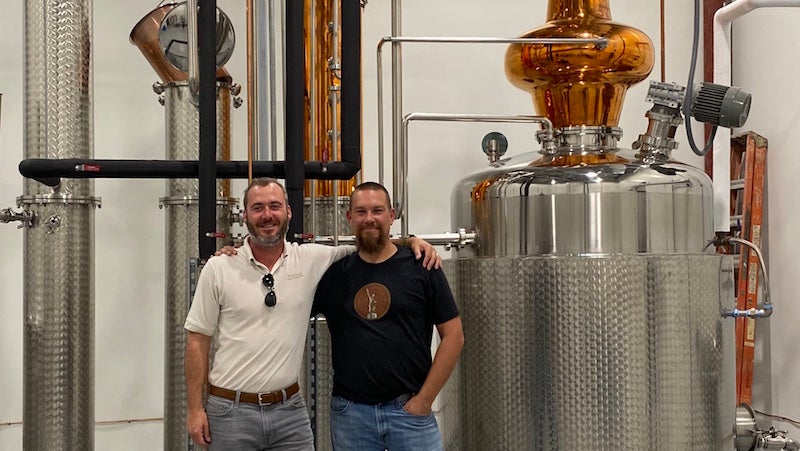 “It’s a simple classic gin,” Jacob says. “It doesn’t have that pine tree flavor a lot of people describe. Most people who say they hate gin will taste ours and like it, but a hard-core gin person might not like it.”
“It’s a simple classic gin,” Jacob says. “It doesn’t have that pine tree flavor a lot of people describe. Most people who say they hate gin will taste ours and like it, but a hard-core gin person might not like it.”
The same process with the basket can be used to infuse a flavor in vodka that’s far more subtle than infusion processes used after vodka is vodka. So far the Redmont team has experimented with dried satsuma peels, and there are endless other options they could try.
But for their primary vodka product the name of the game is no flavor. “We experimented until we got the flavor profile we wanted, which is completely neutral,” Jacob explains. “A lot of companies want their own flavor, but we wanted almost nothing. It makes it that much easier to drink.” To get there originally, they tried a wheat base, a straight sugar base, a wheat and sugar mixture, and a potato base. Potato makes a good vodka, they found, but the process is much messier. Ultimately corn won, especially since it’s an easy product to source in the South.
Today, Jonathan can make about 200 cases of vodka a week start to finish, but they have the space to expand too. “It’s primed and ready to go for bigger and better, but as is it meets demand,” Jacob says.
These days when they aren’t crafting vodka, you might just find Jacob with a vodka tonic with lime, and Jonathan with gin and tonic—unlike 2014, when he didn’t like gin. He’s among the many gin converts the Redmont flavor profile can claim. Coincidentally, they now live less than a mile and a half away from each other in the Murray Hill area of Homewood and both have kids who attend Hall-Kent Elementary. But no matter where they live, it will always be the story behind the still that most binds their ties.
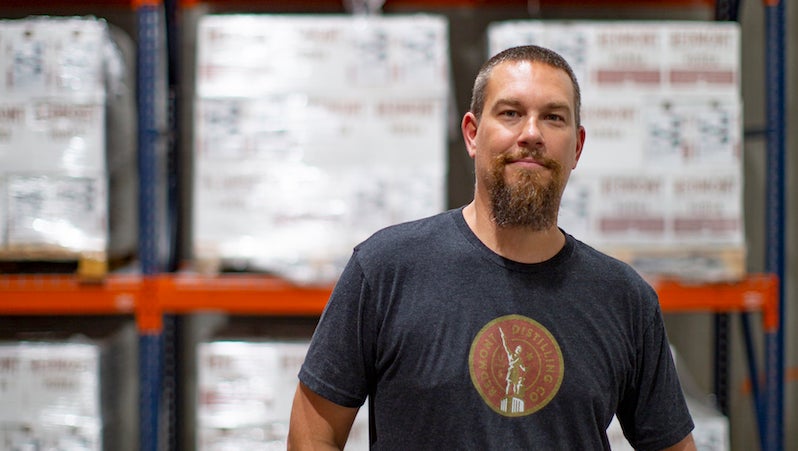 REDMONT LEMONADE
REDMONT LEMONADE
Makes one pitcher.
- 1 cup sugar
- 8 1/3 cups water
- 16 ounces Redmont Vodka
- 4 lemons, juiced
- Ice
- Juniper berries and flamed rosemary sprig, for garnish
In a saucepan, combine sugar and 1/3 cup water and place over medium heat. Bring the mixture to a boil, and then cook the sugar until dissolved. Do not cook the sugar until it starts to turn color. Remove from heat and cool. In a pitcher, combine the syrup, 8 cups water, lemon juice, vodka and ice and stir to combine. Garnish with juniper berries and a flamed rosemary sprig.

